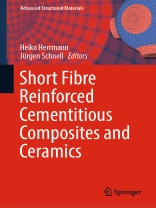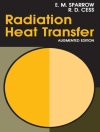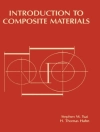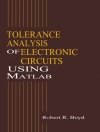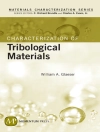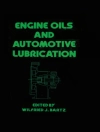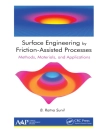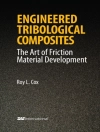This volume shines a new light on short fibre reinfoced cementitious composites and particle reinforced ceramics. It offers insight from various disciplines like civil engineering, material sciences and micro-mechanics, and collects 9 experimental, numerical and theoretical studies written by top researchers in composite concrete science.
The book presents the outcome of the EUROMECH 582 colloquium “Short Fibre Reinfoced Cementitious Composites and Ceramics” held 20 – 22 March 2017, Tallinn, Estonia.
Cuprins
Failure behavior and magnetic orientation of fibres in composite Materials.- Tensile Creep and long term reliability of cracked UHPFRC.- Swedish Design Guide for Fibre Concrete Structures.- Non-Destructive Evaluation of the Contribution of Polymer-Fiber Orientation and Distribution Characteristics to Concrete Performance during Fire.- Influence of short polypropylene and carbon fibres of cementitious refractory composites.- Fiber orientation in the bottom layer of a small fiber concrete plate.- Image Data Processing to obtain fibre orientation in fibre-reinforced elements using computed tomography scan.- Crack Patterns of GRFC.- Identification and separation of fiber clusters in reinforced concrete.- Environmental SEM and EDX to examine interface characteristics between the cement-paste and steel fibre.- Bond of reinforcement in steel fibre reinforced lightweight concrete.- Short Polymer Fiber Mechanical Behaviour During Pulling out of a Concrete.- Short Composite Fiber for Concrete Disperse Reinforcement.- Highly Workable Steel-Fiber-Reinforced Concrete (SFRC).- Non-Destructive Evaluation of the Contribution of Polymer-Fiber Orientation and Distribution Characteristics to Concrete Performance during Fire.
Despre autor
PD Dr. rer. nat. habil. Heiko Herrmann is senior researcher and group leader at Tallinn University of Technology (Tal Tech, formerly TUT). He received his degrees in Physics. The research interests of Dr. Herrmann are very diverse, ranging form complex materials to virtual reality. For over ten years his main focus lies on microstructured materials containing short fibers. In this research he combines approaches from theoretical mechanics, experiments and computer simulations.
Dr. Herrmann is an alumnus of the German Alexander von Humboldt Foundation and has been participant in Marie Curie projects, coodinator of an FP7 ERG grant and principal investigator of an Estonian exploratory research grant. Professor Dr.-Ing. Jürgen Schnell was born in 1953 in Darmstadt, Germany. He studied Civil Engineering at Technische Hochschule Darmstadt and acquired his Dipl.-Ing. degree in 1979. In 1986 he reveived a doctor´s degree with a dissertation abaout concrete structuresunder the influence of low temperatures. From 1986 till 2002 he was project manager and later chief representative of an international construction group. Since 2002 he is a full professor at the Dept. „Cicil Engineering“ at Technische Universität Kaiserslautern, Germany. From 2012 to 2017 he was the head of the department Concrete and reinforced Concrete at the German Committee for Standardisation (DIN). In the years 2012-2016 he was a member of the professional council Building, Construction and Architecture of Germen Research Foundation DFG.
